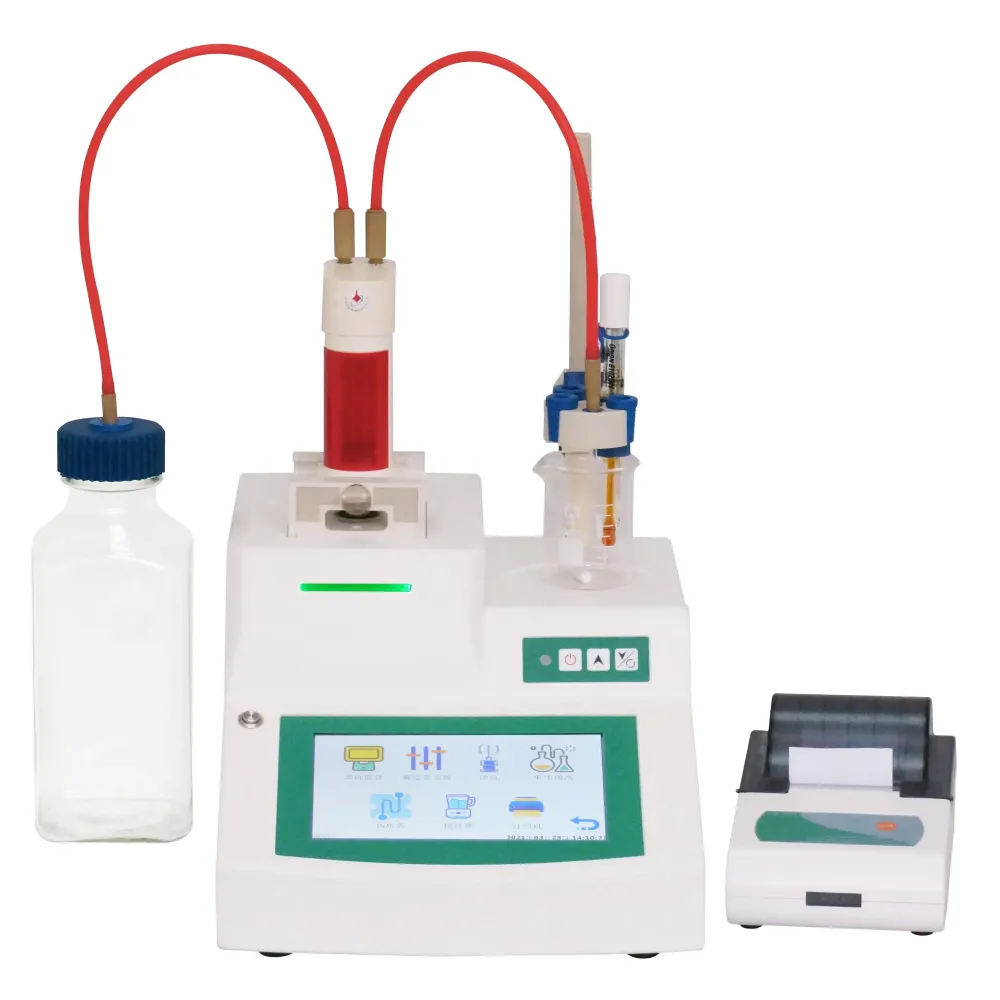 English
English


Exploring Different Types of Tap Changers and Their Applications in Electrical Systems
Understanding Types of Tap Changers
Tap changers are essential devices used in electrical transformers to regulate output voltage and maintain stability in power distribution systems. By adjusting the turns ratio of the transformer, tap changers can modify the output voltage to meet varying load demands. Although critical for efficient operation, tap changers come in different configurations, each suited for specific applications. This article explores the primary types of tap changers, their functionalities, and applications.
Manual Tap Changers
Manual tap changers are the simplest form of tap-changing devices. As the name suggests, they require manual intervention to change the tap position, allowing operators to adjust the transformer's voltage settings based on observed demand or system requirements. While these systems are straightforward and reliable, they are impractical for applications with rapidly fluctuating loads or where consistent voltage is critical.
Manual tap changers are often found in smaller distribution transformers or in applications where infrequent adjustments are sufficient. They are cost-effective but can be labor-intensive, making them less suitable for modern, dynamic power systems.
On-Load Tap Changers (OLTC)
On-load tap changers allow for voltage adjustments while the transformer is under load. This capability is a significant advantage in maintaining system voltage without interrupting power supply. OLTCs are typically equipped with mechanisms that enable them to change taps without taking the transformer offline.
This is achieved through an intricate mechanical and electrical system that ensures smooth operation while minimizing disturbance to the system. OLTCs can be further divided into two types non-arc and arc-resisting. Non-arc OLTCs use a vacuum or oil as a medium to suppress any electric arc that might occur during the switching process, while arc-resisting OLTCs utilize special contact designs to manage arcing effectively.
types of tap changer

OLTCs are essential in high-capacity transmission systems and substations where load variations are considerable and constant voltage regulation is crucial.
Off-Load Tap Changers
Off-load tap changers are designed to be adjusted only when the transformer is de-energized, meaning they cannot facilitate real-time voltage regulation. These devices are typically used in scenarios where precision is less critical or where infrequent adjustments to voltage are expected. They are simpler and cheaper compared to OLTCs but lack the flexibility and response time to manage dynamic load conditions.
Off-load tap changers find their place in smaller transformers, such as those serving isolated loads or in systems where the demand is predictable and stable.
Automatic Voltage Regulators (AVR)
Though not a direct type of tap changer, it’s worth mentioning that automatic voltage regulators can work in conjunction with tap changers to enhance their effectiveness. AVRs continuously monitor voltage levels and can automatically signal tap changers to adjust settings based on real-time conditions, thereby providing dynamic voltage control without human intervention.
Conclusion
Choosing the right type of tap changer depends on various factors, including the application, load characteristics, and economic considerations. Manual tap changers may suffice for simple, low-load systems, while OLTCs are essential for maintaining performance in complex, high-demand environments. Off-load tap changers provide a cost-effective solution in stable scenarios, while AVRs enhance the flexibility and efficiency of tap-changing operations. As electrical systems become increasingly sophisticated, the importance of these devices in ensuring reliable and efficient power distribution continues to grow. A well-chosen tap changer can lead to significant improvements in system performance, ultimately benefiting both providers and consumers.
-
Differences between open cup flash point tester and closed cup flash point testerNewsOct.31,2024
-
The Reliable Load Tap ChangerNewsOct.23,2024
-
The Essential Guide to Hipot TestersNewsOct.23,2024
-
The Digital Insulation TesterNewsOct.23,2024
-
The Best Earth Loop Impedance Tester for SaleNewsOct.23,2024
-
Tan Delta Tester--The Essential Tool for Electrical Insulation TestingNewsOct.23,2024





